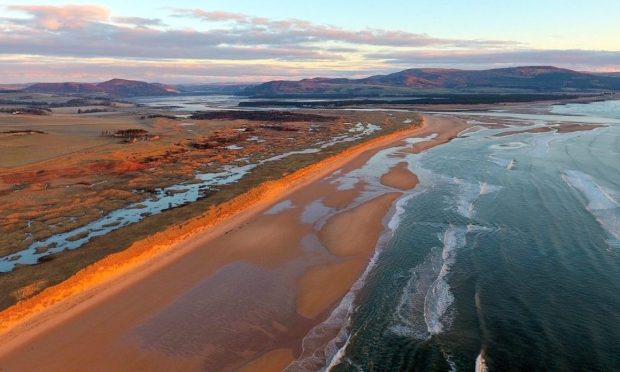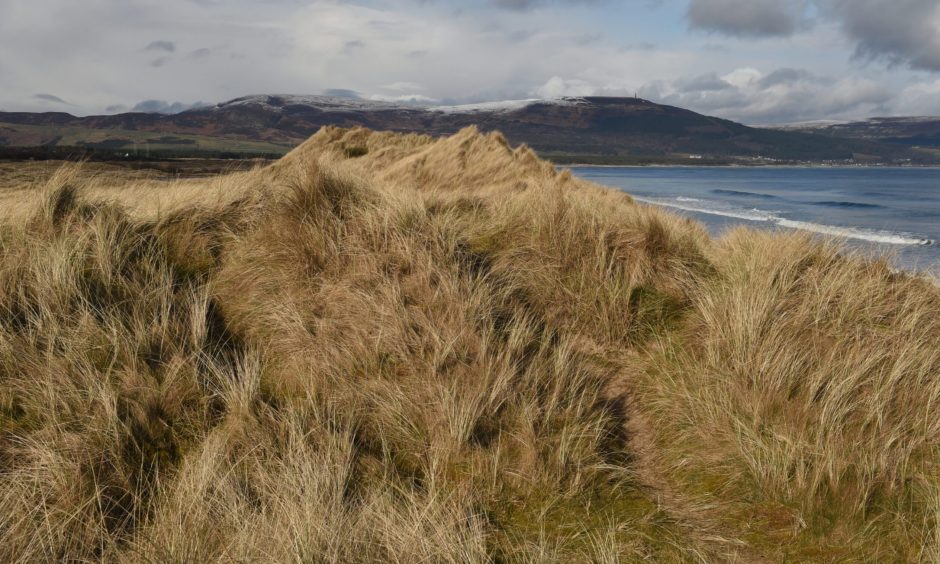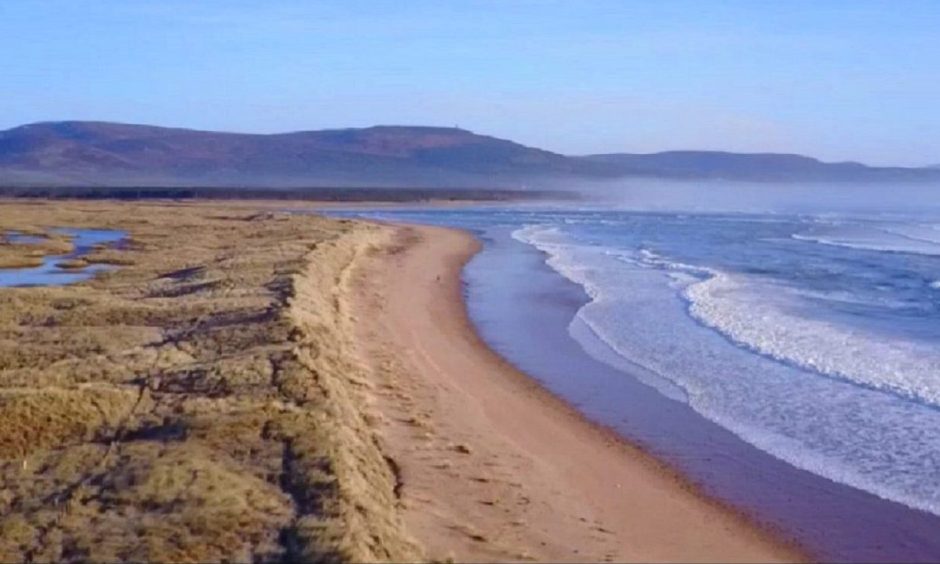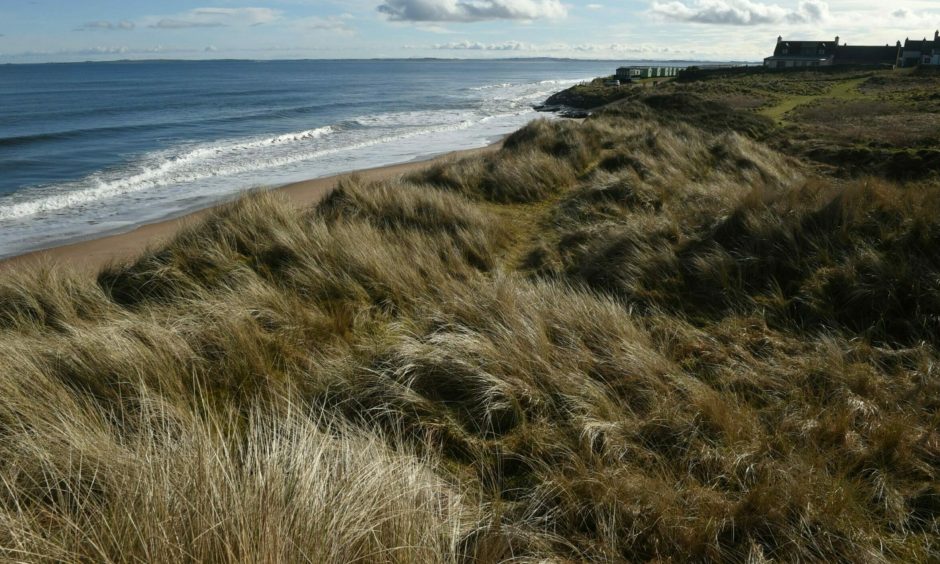Eight years have passed since plans were first revealed for a championship golf course at Coul Links in Sutherland.
Since then the name has become synonymous with a conservation v development battle that is coming to a head again.
On Wednesday, Highland Council’s north planning applications committee will discuss the plans for a major course north of Embo.
For the second time in five-and-a-half years, councillors will weigh up calls to protect the environment against the prospect of a “transformational” economic boost for the area.
All sounds familiar?
In 2015 American entrepreneur Todd Warnock revealed he was leading proposals for a ‘world class’ course in the area.
The first plans were made available for consultation in August 2016.
In September 2017 an £8-10 million project was submitted for planning approval.
It was envisaged work would start the following year and be completed by March 2021.
The north planning applications committee backed the plans in June 2018 against the advice of officials.
The Scottish Government called in the application in August 2018 and a four-week public inquiry opened in February 2019.
A year later, the government refused the plans, seemingly ending the project.
Back on course?
But in January 2021 a new group, Communities for Coul (C4C), revived the idea.
It lodged a pre-Planning Application Notice (PAN) for the development in June 2022.
A community vote held by C4C last year secured a 69.2 per cent in favour of the plan.
A planning application followed in February this year.
C4C says the new golf course plan addresses concerns raised by the previous application.
This includes reducing the amount of land that would be developed within a Site of Special Scientific Interest (SSSI) by about 90%.
It would also avoid the most environmentally valuable areas of dune heath.
Why are supporters driving forward with plans?
It is claimed the course would bring private investment of more than £50 million and create up to 400 jobs in the area.
Sutherland’s population has halved since 1851 and is forecast to fall by a further 19% in the next 20 years.
Leading economist Prof David Bell says a world class golf course would help stem an exodus of young people from the area’s ageing population.
Landowner Edward Abel Smith also has plans for a £20 million eco hotel if the golf course gets approved.
Local councillor Jim McGillivray says the environmental features on the links will not survive unless substantial funds are invested.
With no public money available, the Coul Links project will attract private funds to preserve the ecological features while supporting economic recovery, he said.
Those behind the plans argue only 0.12% of the SSSI site will be affected.
They say if the course can’t be built on the identified site it will never be built.
Who wants the plans to be kicked into the rough?
Within days of the initial plans being unveiled, the Not Coul group was set up to fight the proposals.
More than 1,100 people objected to the first application and more than 90,000 signed an online petition.
In November 2017, the Green MSP John Finnie submitted a parliamentary motion claiming the planned course would be “catastrophic” for the environment.
Conservation organisations also lodged an objection, warning it would damage an internationally important wildlife site.
To date, 751 objections have been made against the application, with 314 people submitting letters of support (although C4C says there is more support from people living in the area).
The Conservation Coalition, made up of seven environmental groups, says Coul Links is unique and irreplaceable and the wrong place to build a golf course.
It says tackling the nature and climate emergencies means places for wildlife like Coul Links “must not be swept aside for development”
NatureScot says it could see potential large economic benefits from the proposal, but the proposal goes again planning regulations governing the SSSI.
While it could not support the plan, it says a golf course could be developed using more of the adjacent agricultural land.
What happens now?
Council officials have again recommended the plans are refused, saying the application has not significantly altered since the previous proposal.
They say the proposal would have an adverse ipact on natural heritage and protected species and sites.
If the planning committee refuse the application it will be a serious, and potentially fatal, blow for the resurrected plan.
If it repeats its actions of 2018 and gives the go-ahead against official advice, the proposals will again be referred to ministers.
The application can then be called in once more and the intense lobbying will continue.





Conversation